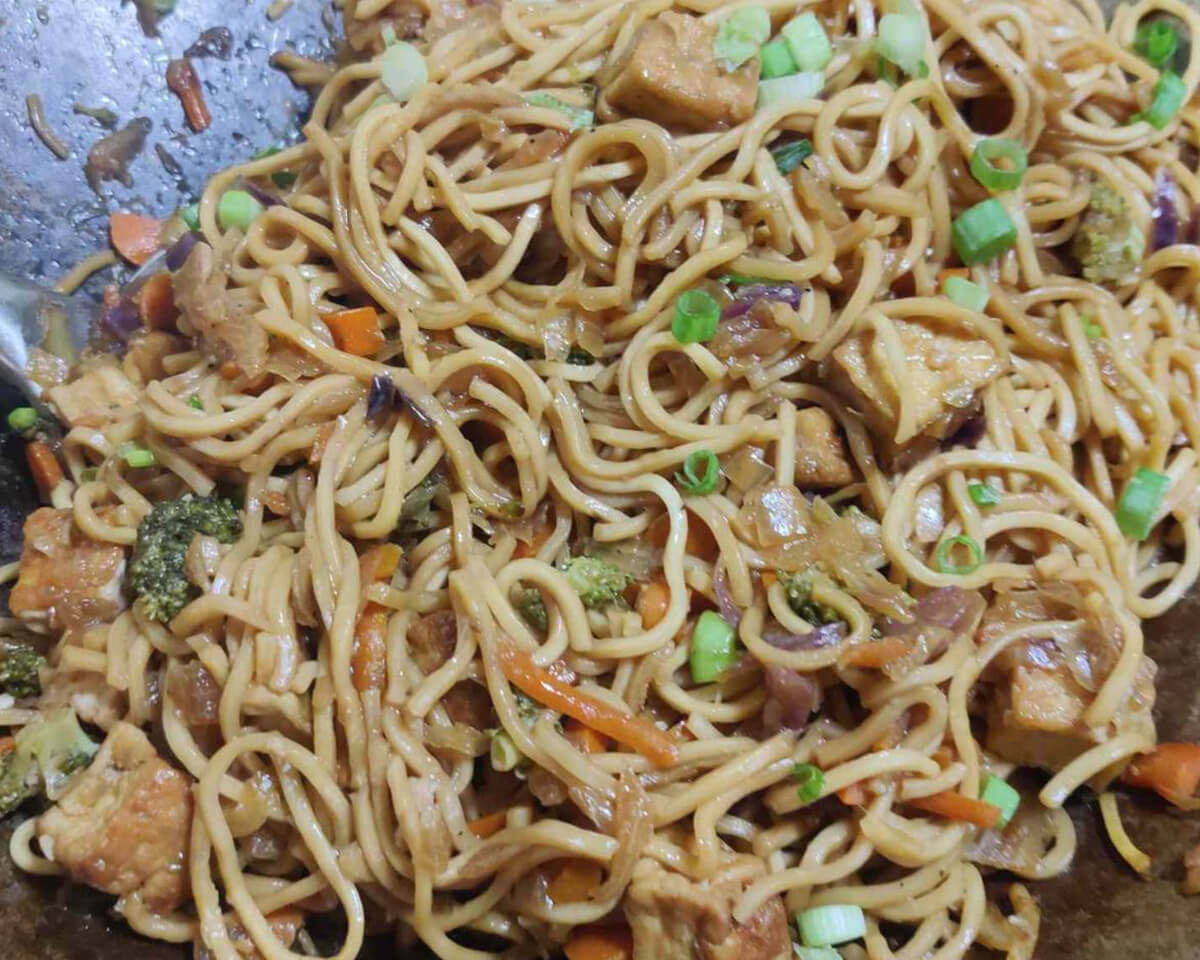Slurpy Asian Noodles
I. Introduction
Asian noodles have gained immense popularity worldwide due to their enticing flavors, diverse textures, and versatility in various culinary preparations. These noodles, originating from countries like China, Japan, Thailand, and Vietnam, offer a delightful and satisfying dining experience for noodle lovers. In this blog post, we will explore the wide range of Asian noodles, their regional variations, popular noodle dishes, health benefits, cooking tips, and more.
II. Types of Asian Noodles
Asian noodles come in various forms, each with its unique taste, shape, and texture. Let’s delve into the two primary categories of Asian noodles: wheat-based and rice-based.
A. Wheat-Based Noodles
- Ramen
- Originating from Japan, ramen noodles are thin, wheat-based noodles usually served in a flavorful broth. They are often paired with toppings like sliced pork, soft-boiled eggs, nori, and green onions.
- Udon
- Udon noodles, hailing from Japan, are thick and chewy wheat-based noodles. They are commonly served in hot soups or stir-fried with vegetables and proteins. Udon noodles are loved for their hearty and comforting qualities.
- Soba
- Soba noodles, also from Japan, are made from buckwheat flour and have a distinct nutty flavor. They can be enjoyed both hot and cold, with dipping sauces or in soups. Soba noodles are known for their nutritional value and are often consumed for their health benefits.
B. Rice-Based Noodles
Continu reading next page
